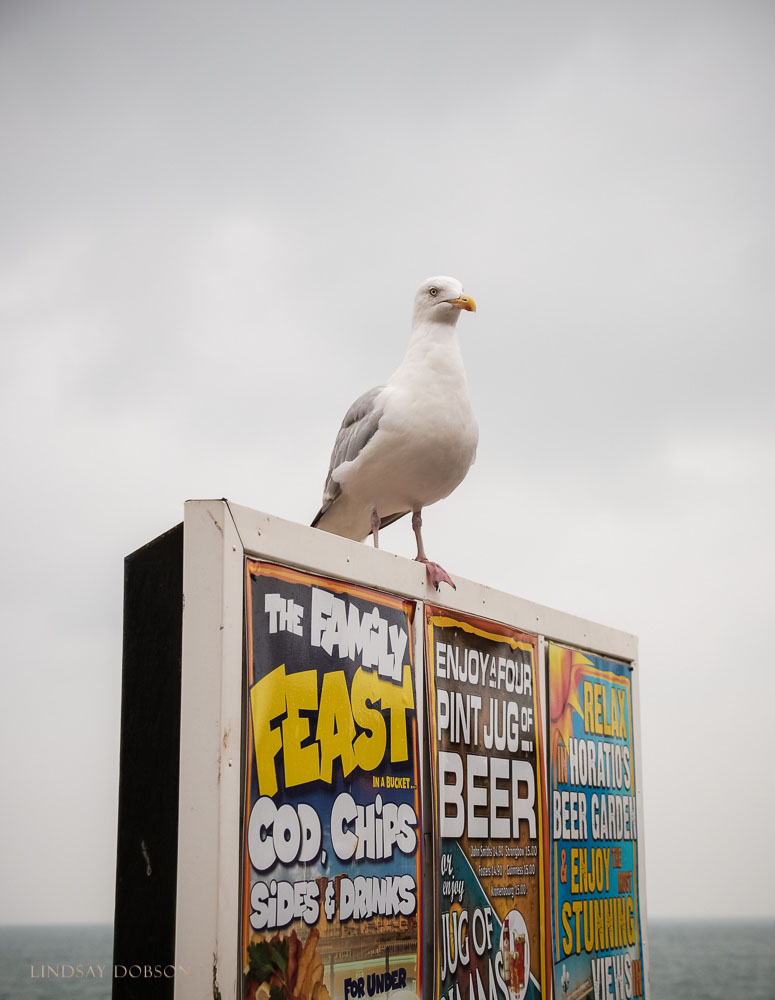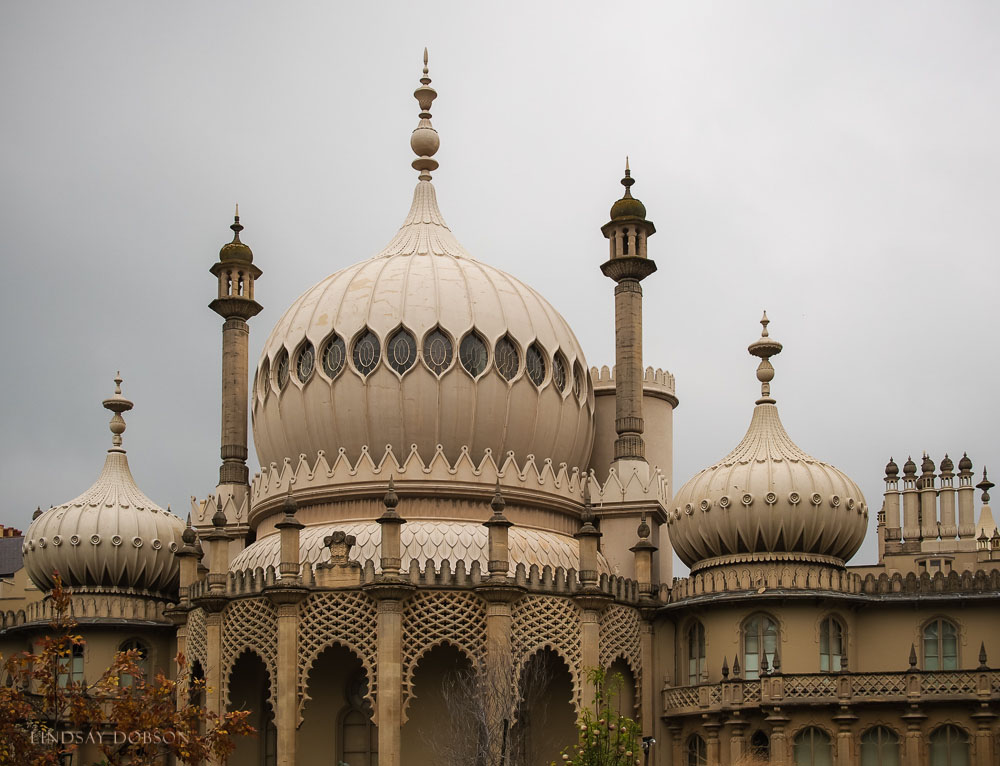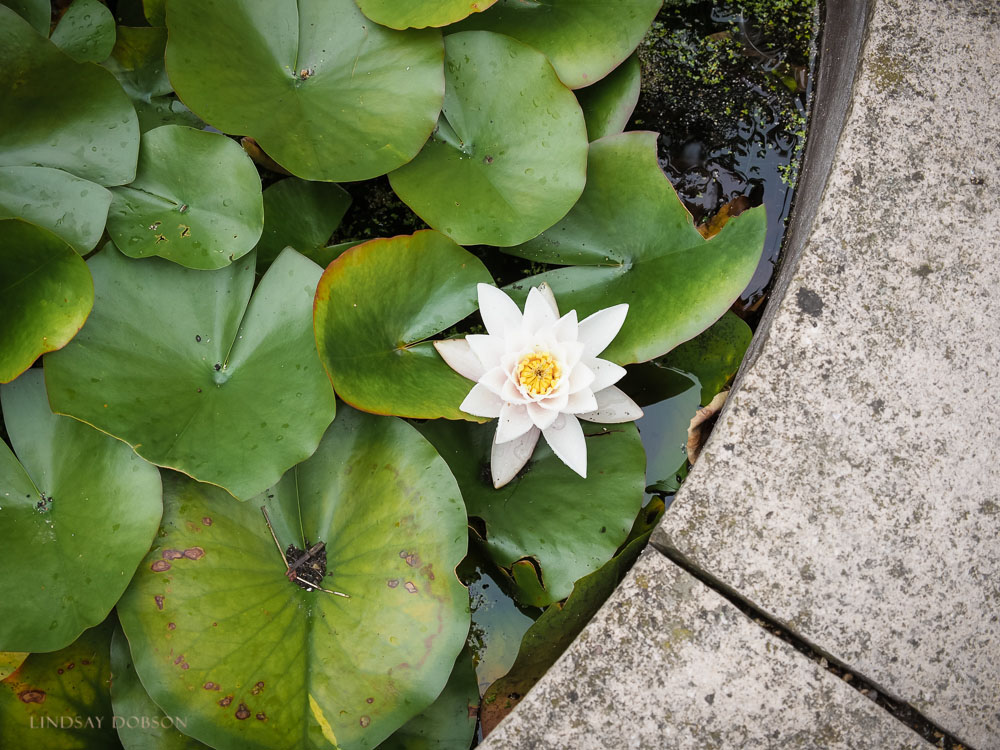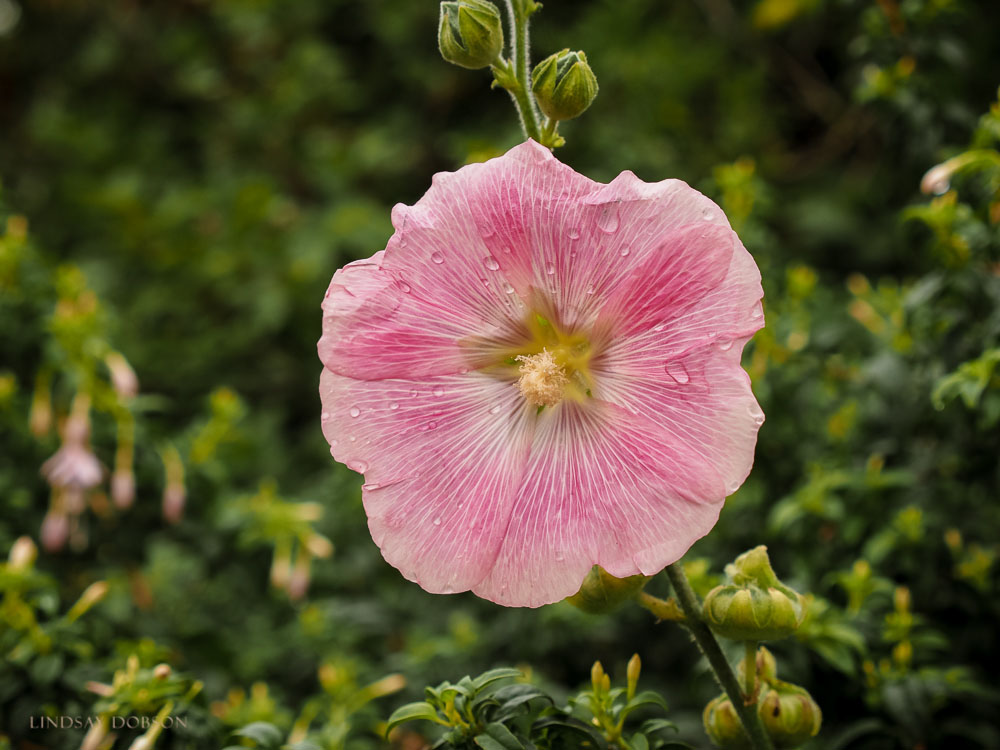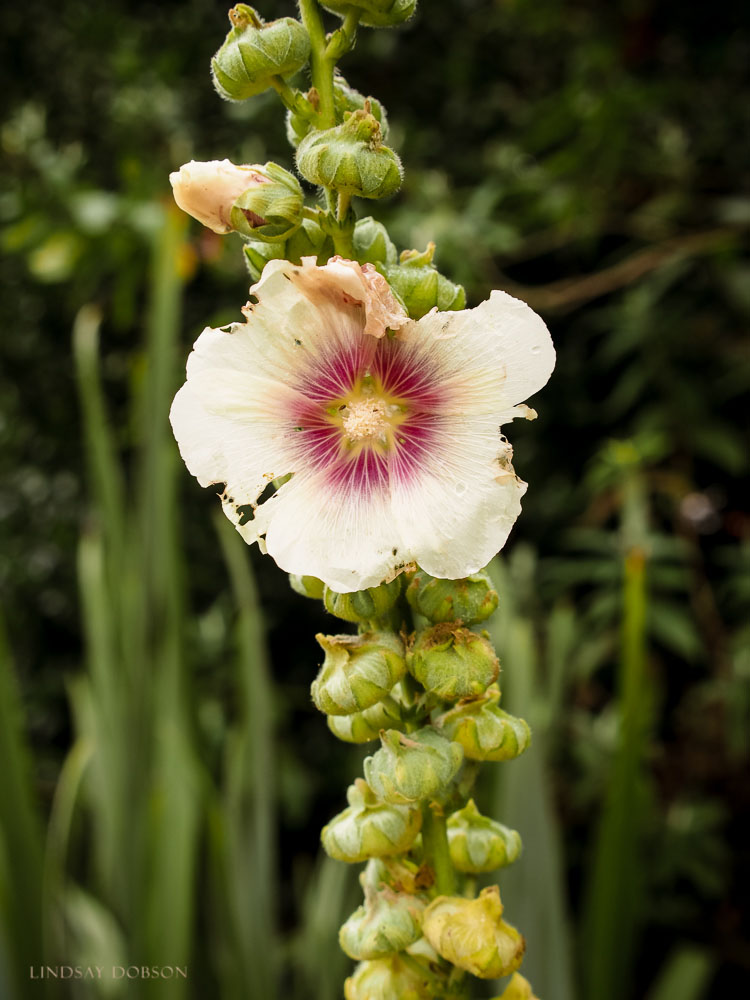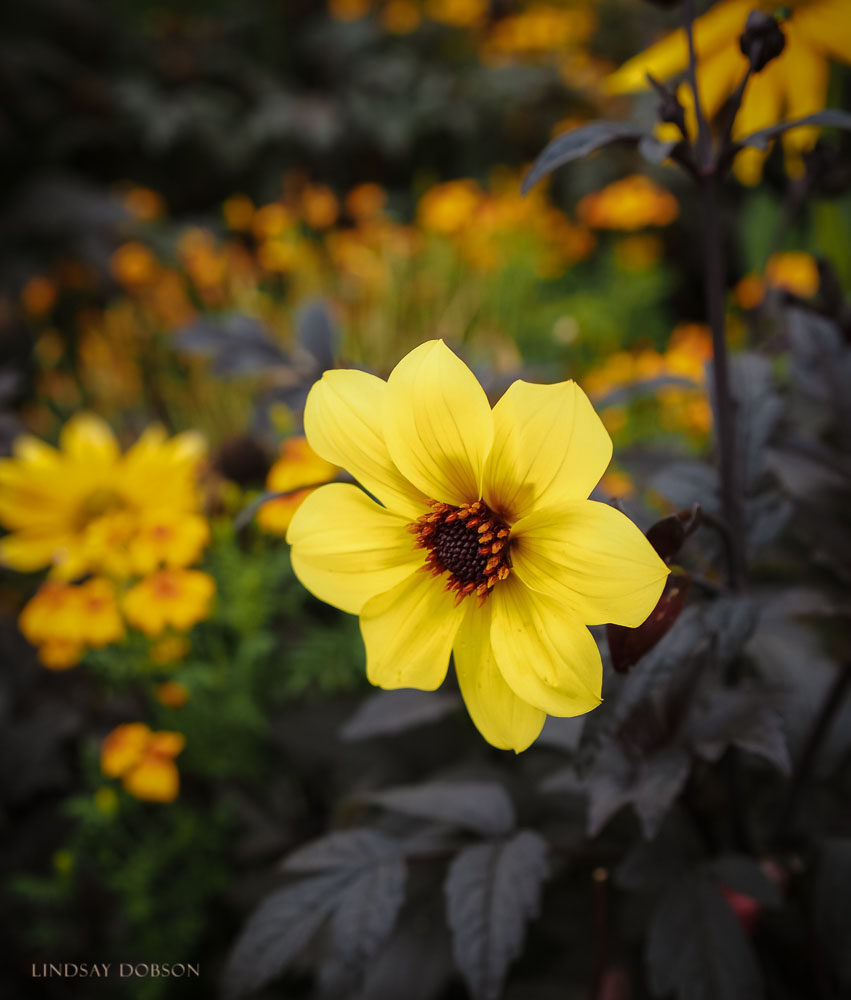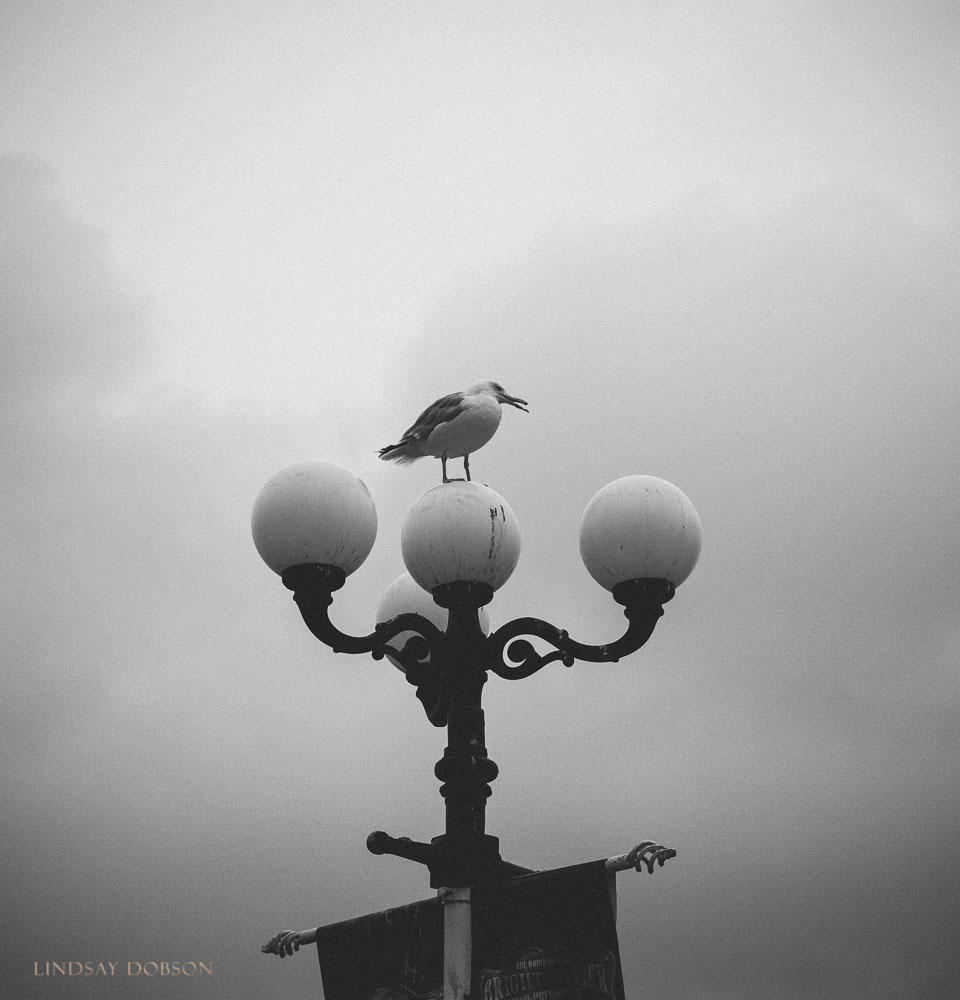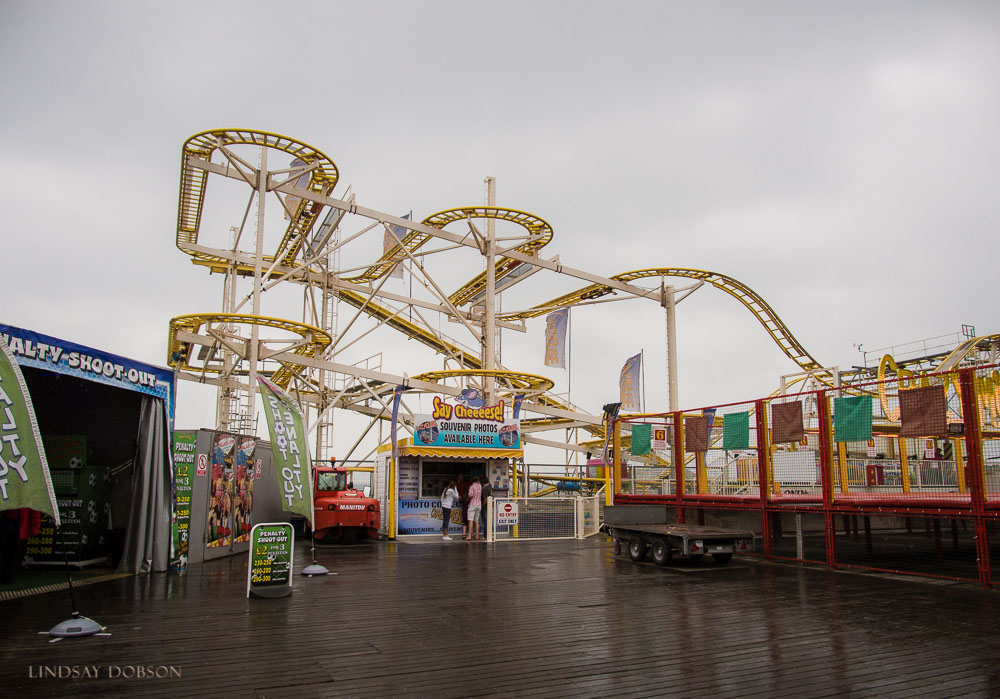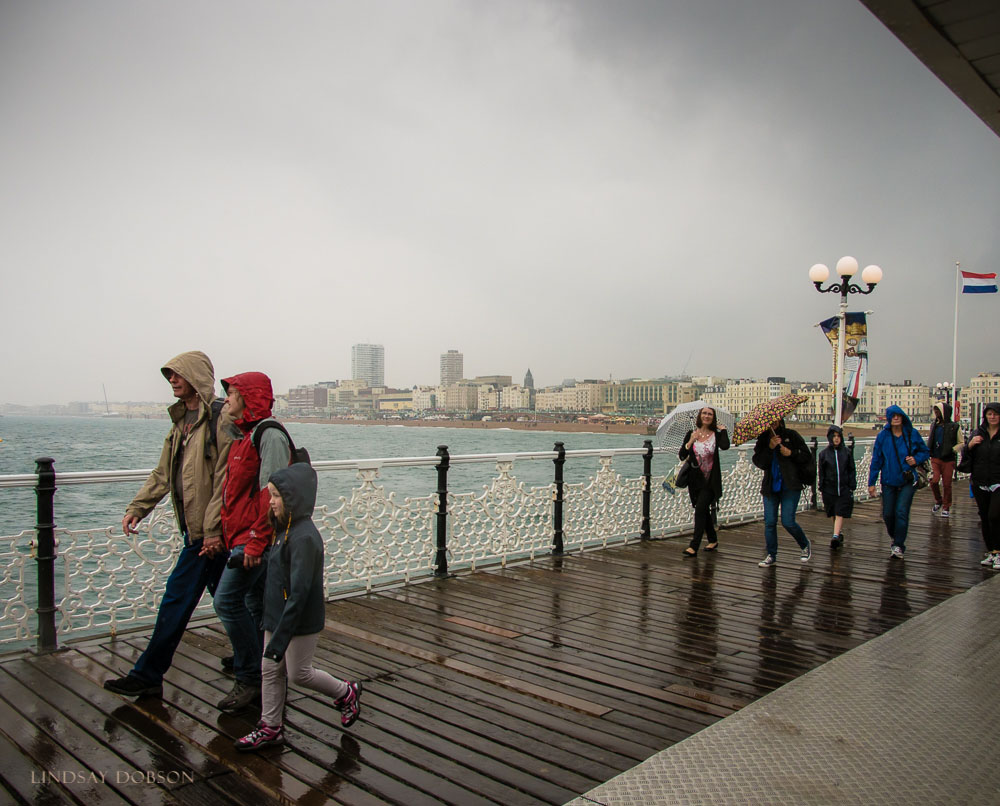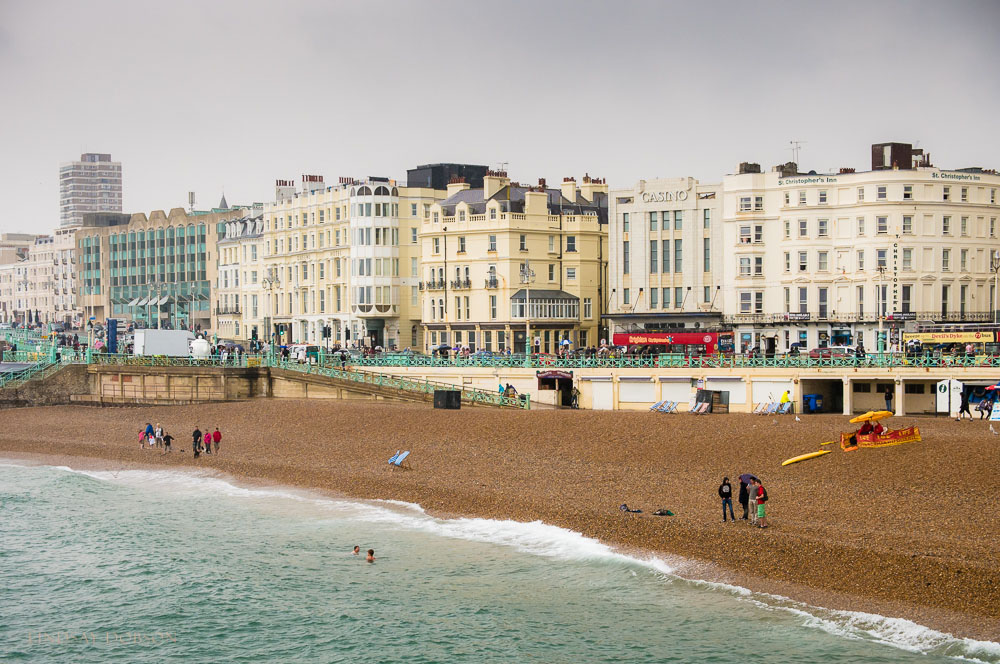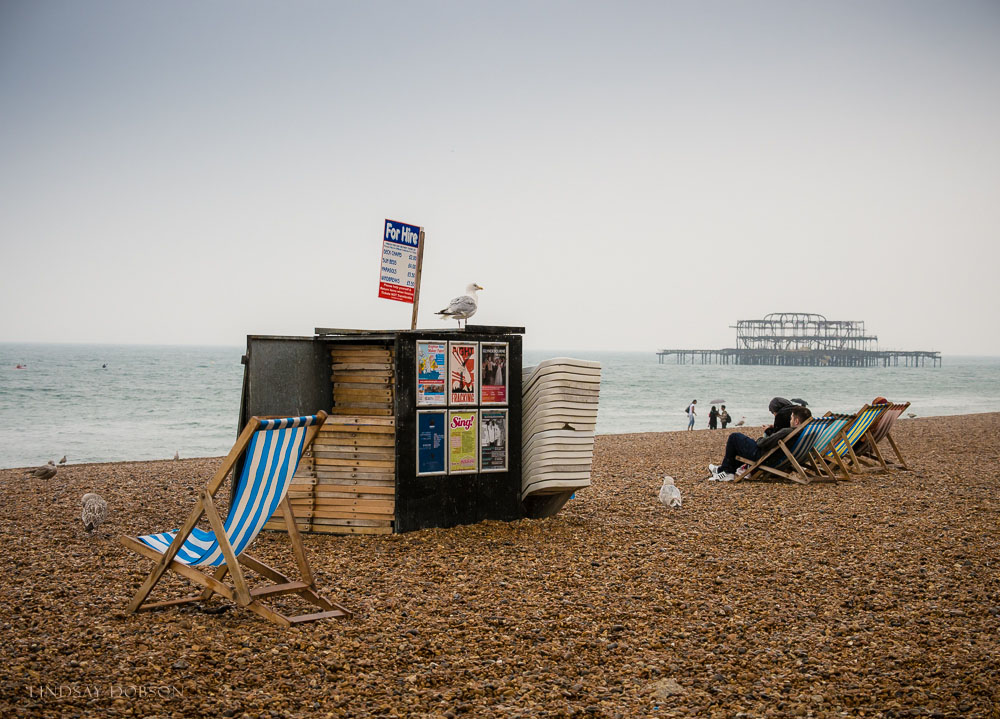Panasonic Lumix 12-35 f2.8 Pro Lens Field Review
It’s been a few weeks since I’ve had a chance to do a spot of personal photography, but since I needed to head into Brighton today this presented the opportunity to review my new Panasonic 12-35 f2.8 lens. I’ve always believed it’s important to push yourself on the days when you don’t feel like doing anything. Taking some pictures can really take your mind off the more tedious side of life because photography is an excellent form of escapism – even for professional photographers like myself.
A ‘field review’ is just that - testing in the conditions and locations a piece of equipment is normally used in. It’s not about data charts, there are plenty of those on the review sites. This lens is directed towards street and travel photographers. Portrait photographers might find it useful too.
So despite the horrible weather, I had a bracing walk along Brighton seafront and pier. And so did everyone else, I’m pleased to say. There is no stopping us Brits. We’ll enjoy the seaside come rain or shine. Nothing will thwart us from sitting on a deck chair in driving rain with the wind blowing a hooley. Sometimes it seems easier just to go into the water, since we’re going to get wet anyway. As you can see, there were plenty of swimmers around.
Many of the people I know are put off by the thought of taking a camera out when it rains. There is the belief that a featureless sky and dim light will result in flat and uninspiring pictures. Well that can be the case, but normally adding a bit of extra contrast during post-production and concentrating more on composition will overcome and in fact enhance the wet weather. Wet days are meant to be dark and brooding. Besides, I actually like taking pictures in the rain, wetness gives a lovely depth to the photos and the added interest of reflections with usually more saturated colour. Of course you have to keep your camera equipment safe so I wouldn’t recommend letting it get too damp unless your equipment is specifically weather proofed.
I had my OMD with me, together with the excellent Panasonic 12-35 f2.8 lens, which is part of Panasonic’s professional lineup. It does of course come with a professional pricetag as well, but it’s worth that in my opinion. But the real beauty of this setup is the small size and low weight. I can stick the OMD with pretty much any of my Micro 4/3 lenses into my handbag and I won’t feel weighed down throughout the day. Or I can carry a small camera bag and transport 3 spare lenses at the same time without feeling tired.
A Word about Taking Photos of People in Public
I think everyone should enjoy street photography. It’s fascinating and it’s incredibly helpful for developing skills such as timing, composition, framing, and narrative. Remember that (here in the UK) we are all free to enjoy photography in public places, or indeed anywhere where photography is permitted by the site holder. If it wasn’t, we would have no tourist industry and we certainly wouldn’t have a news industry either. We are also free to publish and sell the images we take on the streets providing the use is artistic, educational or newsworthy. If the pictures are used in advertising then prominent individuals should be asked for their consent to that particular form of usage. And of course we can’t invade anyone’s privacy (this means we mustn’t photograph somebody engaged in a private act – such as training a long lens through somebody’s bathroom or bedroom window).
Rest assured it is absolutely fine to share your photos via the usual routes, or via a personal website or blog. I specifically keep my personal work separate for this reason. It’s absolutely fine to take pictures of children too. Just be aware that photographing children is likely to draw some attention to you and the tabloid press have done a great job of convincing the public that people wielding cameras are probably all criminals. Even so, if somebody objects to being photographed do be considerate and leave them alone, it’s not worth getting into an argument about the law. If you’re interested in reading more about our laws as they relate to photography there are several articles on the Blog.
The building shown below is Brighton Pavilion – it’s been ages since I’ve been around to the front of it and it was well worth the detour. Much of Brighton is characterised by Regency architecture and I’ve watched property prices across the city climb steadily over the years. I went to university in Brighton and back then property was quite cheap, as was the case in most of our seaside towns. How things change – within a few years the city became one of the most expensive places in the South, thanks to the vibrant and bohemian lifestyle which can be enjoyed there. And the desire for Londoners to escape the big smoke.
Panasonic Lumix 12-35mm f2.8 Lens Field Review Conclusion
There isn’t much to say about this lens. Overall it’s excellent, I would give it 4.5 out of five. Centre sharpness is exceptional at all focal lengths and aperture values. Edge and corner sharpness is very good from the mid range of the zoom to the full extremity. Edge sharpness is however disappointing at the wider zoom settings, where there is also noticeable purple and green fringing. Colour and contrast is really excellent, better than most of the zoom lenses I’ve used in my professional life. The lens also has a good degree of weather sealing and as you would expect superior build quality. It’s also very small and light.
Today’s Tip:
Have you ever heard of something called ‘copy variance’ when it comes to lenses? This simply means that if we were to test more than one example of the same model of lens, in exactly the same testing conditions, we might see differences in sharpness, edge clarity, and centering. Generally speaking the more expensive professional lenses are less susceptible to this. The consumer grade super zoom lenses are the optics most likely to suffer.

